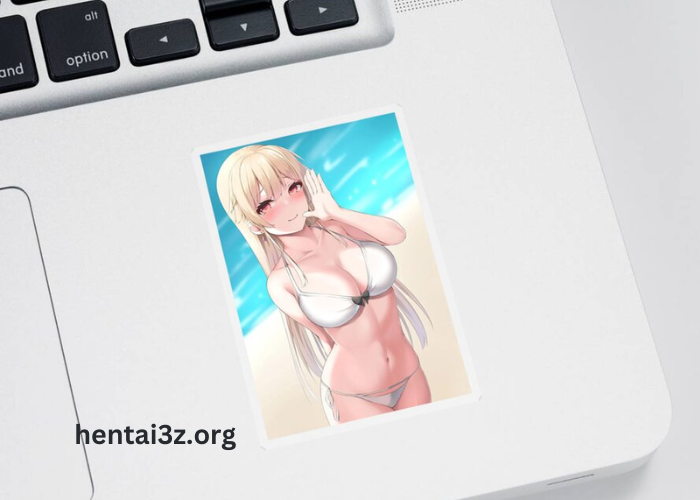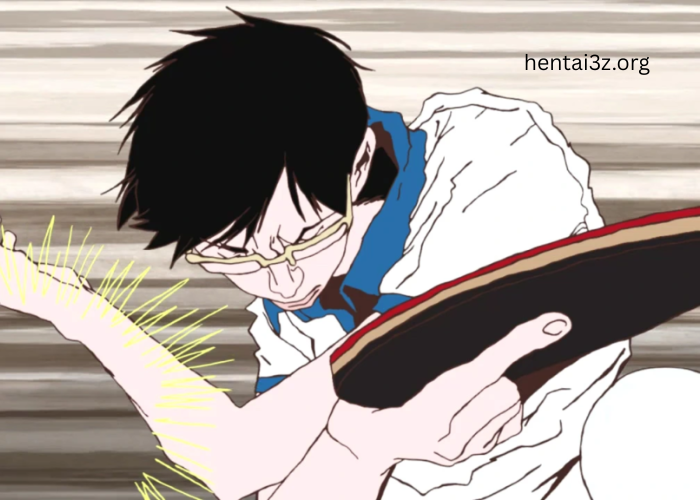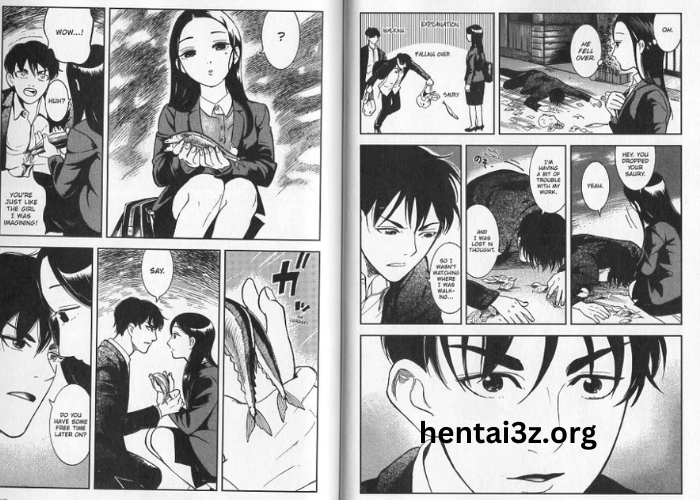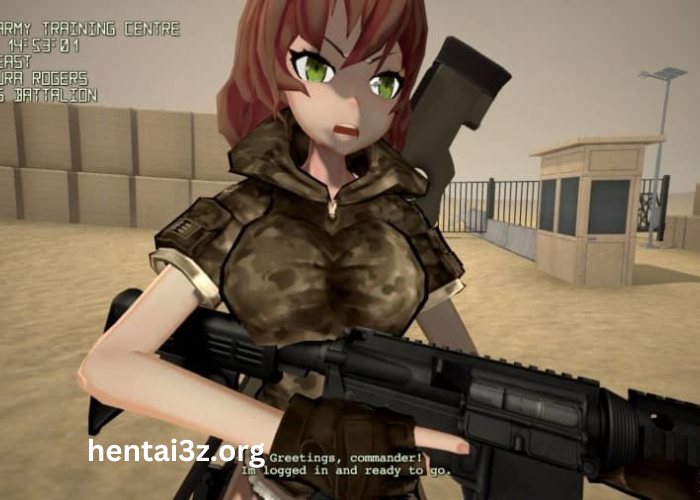Creating hentai art can be an exciting journey into a unique and creative genre that blends art with personal expression. Whether you are a beginner or looking to enhance your skills, this step-by-step guide will provide insights into crafting this style of art.
The world of hentai art is vast, and with the right tools and techniques, you can develop a style that stands out. In this article, we’ll address key questions that will help you on your journey to mastering this genre.
What Are the Basics of Hentai Art and Where Should I Begin?
Hentai art is a distinct form of Japanese art rooted in anime and manga styles. It often features exaggerated proportions, intense emotions, and stylized characters. Before you start creating hentai art, it’s important to understand the foundations of drawing in the anime style.
To begin, start by learning how to draw basic human anatomy. Focus on understanding proportions, poses, and expressions. In hentai art, characters often display exaggerated features such as larger eyes, more dramatic poses, or distinct body proportions. Studying the work of established hentai art creators can also help you develop your style. Whether you are drawing by hand or using digital tools, practicing basic anatomy will allow you to create more dynamic and appealing characters.
Furthermore, consider the tools you want to use. Many hentai artists prefer digital drawing software such as Clip Studio Paint, Procreate, or Adobe Photoshop because these platforms provide flexibility and various customization options. However, starting with pen and paper can also be effective for beginners.
How Do I Develop a Unique Style in Hentai Art?
Finding your unique style in hentai art is key to standing out as an artist. Begin by exploring different sub-genres within hentai—for example, some artists focus on creating more romantic or emotional scenes, while others may lean toward more exaggerated or surreal elements.
Take time to experiment with various artistic influences. You might find that mixing traditional anime with other art styles, such as surrealism or fantasy, creates a distinct fusion that defines your voice as an artist. Always be open to experimentation because this will lead you to discover what resonates most with your creative instincts. Hentai art has diverse audiences, and whether you prefer detailed realism or a more stylized, abstract approach, there is room for a wide range of expressions.
Additionally, don’t be afraid to revisit earlier works. As you continue to grow as an artist, you’ll often find that pieces you created early on can be revisited and reworked into more refined versions that reflect your evolving style.
What Tools and Software Should I Use for Digital Hentai Art?
One of the benefits of creating hentai art in the digital realm is the access to advanced tools and software that simplify the process. Digital platforms allow for precision, flexibility, and the ability to experiment without permanent consequences. Popular tools include:
- Clip Studio Paint: Highly favored by manga and hentai artists, this program offers an intuitive interface with customizable brushes and various features, including tools for panel creation and textures.
- Procreate: Known for its sleek interface and powerful capabilities, Procreate is a go-to for those using iPads. It’s especially useful for artists who want to take their hentai art on the go.
- Adobe Photoshop: A versatile tool that offers advanced coloring options, layers, and the ability to create complex compositions.
Investing time in learning how to use these tools can significantly improve the quality of your work. For instance, Clip Studio Paint offers features such as perspective rulers and specialized coloring tools that make it easier to add depth and realism to your hentai art. With these tools, you can easily sketch, ink, and color your art, making it suitable for professional presentations.
How Do I Add Depth and Texture to Hentai Art?
Depth and texture are key elements that can elevate your hentai art from flat sketches to dynamic, engaging pieces. Achieving depth can be done through techniques like shading, highlighting, and manipulating light sources in your artwork. In hentai art, shadows often play an important role in emphasizing the characters’ emotions and the intensity of scenes.
Begin by identifying a light source in your art. Shadows should fall naturally based on this source, which gives your characters a sense of realism. Practice creating highlights on parts of the body where light directly hits—this could be on the cheeks, hair, or clothing. Adding layers of shading with varying degrees of darkness can give your characters more depth.
Additionally, texture can be added to your hentai art through the use of special brushes in digital art programs. Many tools allow you to mimic the textures of fabrics, skin, or hair, which can bring another level of realism to your work. For example, by using different brush techniques in Clip Studio Paint, you can create a silky texture for clothes or more detailed patterns in hair.
How Do I Create Engaging Characters in Hentai Art?
The characters you create in hentai art are the centerpieces of your artwork. To make your characters engaging, focus on their expressions, poses, and unique traits. Hentai art often features exaggerated facial expressions that convey strong emotions, so mastering this aspect can draw your audience into the narrative behind the art.
Expressions should match the tone of the scene. A key trait in hentai art is the ability to show characters experiencing a wide range of emotions, from happiness to vulnerability. The way eyes, mouths, and eyebrows are drawn can make a significant difference in how a character is perceived.
Poses also play an important role. Consider how your characters interact with the environment or other characters. Are they standing confidently, or do they have a more vulnerable posture? Each detail adds to the overall storytelling within the image.
Another aspect to consider is the uniqueness of your characters. Incorporating distinct outfits, hairstyles, or accessories can make your characters more memorable. For example, some artists may give their characters elaborate costumes or use a specific color palette to differentiate them from others in the hentai art scene.
How Can I Use Color to Enhance the Impact of Hentai Art?
Color theory is an essential element in all forms of art, and hentai art is no exception. Choosing the right colors can significantly affect the mood of your piece. Cooler colors like blue or purple can give off a calm or somber atmosphere, while warmer colors such as red or orange can add a sense of urgency or passion.
One strategy is to experiment with complementary colors. These are colors that are opposite each other on the color wheel and create a strong contrast when placed next to each other. For instance, using blue and orange can help certain elements of your art pop out, making the characters more prominent.
Shading also adds to the color dynamics. Gradual shifts in color intensity can give the illusion of light and shadow, bringing more life to your hentai art. Try using different blending modes in digital art software to layer colors and achieve the exact tone you’re looking for.
How Do I Tell a Story Through Hentai Art?
Although hentai art is highly stylized, storytelling plays an important role. To effectively tell a story, you need to think about more than just the characters. What is the setting of your art? What emotions are you trying to convey? Is there a deeper narrative behind the piece?
One technique to strengthen storytelling is to think about the background of your scene. For example, if your characters are interacting in a fantasy world, adding rich details to the setting can create a more immersive experience. Backgrounds should not detract from the characters but rather complement them, offering context to their actions.
Another important aspect is body language. Characters’ gestures and postures can provide clues about their relationships and emotions. For instance, drawing two characters in a close, intimate pose can communicate feelings of affection, while a distant stance may signal tension.
How Can I Improve My Hentai Art Over Time?
Improvement comes through practice and learning. To become proficient in hentai art, it’s essential to continually practice and seek feedback from others. Joining online communities or participating in critique groups can help you identify areas for improvement.
Try to set small, achievable goals. For example, one week you might focus on improving your shading techniques, while the next week you could work on mastering anatomy. Breaking down the learning process into manageable tasks will prevent you from becoming overwhelmed.
Conclusion
Creating hentai art is a rewarding and creative endeavor that allows you to express emotions and develop a unique artistic style. By learning the fundamentals, experimenting with tools, and honing your skills, you can become proficient in this exciting genre. Remember, the key to success in hentai art is practice, patience, and passion for the craft. As you continue to improve, your personal style will evolve, and your work will resonate with a wider audience.




